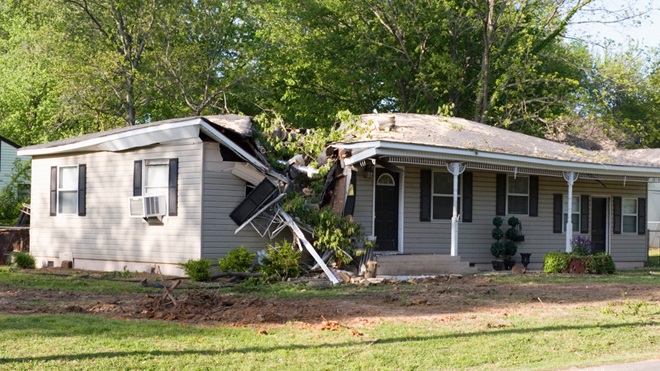A few months ago I wrote about my experience of checking my home and contents insurance renewal notice and realising that I was being fleeced. While shifting to a new insurer allowed me to find a much lower premium, I expect to see a steep increase on next year's renewal notice. People across the country are facing increases of 20% or more, regardless of whether they shop around.
There are several factors driving these increases, but as revealed in a recent CHOICE report, one of the most significant is the increased frequency and severity of extreme weather events like floods, bushfires and cyclones, driven by climate change. People in areas at risk of these events face much bigger problems obtaining insurance they can afford.
To understand this better, we interviewed people across the country who'd lived through an extreme event, to understand their experience of the insurance market. Some had been refused cover or quoted premiums of over $20,000 per annum. Others had paid for insurance, only to have a claim denied due to the policy wording. This was often because insurers have free rein to define common terms like 'stormwater runoff', meaning that some people in the same street might be covered and others not, depending on which policy they took out. We also spoke to people who had made improvements to their property to make them more resilient to flood or fire, only to find that it had no impact on their premium, despite reducing the risk to the insurer.
Already, in the Northern Rivers region of New South Wales, people who were able to obtain flood cover in the past are now being denied insurance
These problems will only get worse. Already, in the Northern Rivers region of New South Wales, people who were able to obtain flood cover in the past are now being denied insurance, after last year's catastrophic floods changed the way insurers assess the risk of flood to their properties.
Fixing these problems won't be simple. It requires better planning decisions to stop developing areas that are known to be at risk, and changes to the law to make insurance policies fairer and easier to understand. It requires better public information on risks to individual properties. And for communities at the greatest risk, it requires government support for sensitive and difficult conversations about moving to safer ground. If we get this right, it will make insurance more affordable for everyone – not just those in areas affected by disasters.
This requires sustained investment by all levels of government. While that may seem daunting, we're already spending lots of money addressing these issues. The problem is that this tends to happen after a natural disaster, when people are already in crisis. It's time to be more proactive and long-term in our thinking, so that more people can have the peace of mind and support that insurance is meant to provide.
Stock images: Getty, unless otherwise stated.



